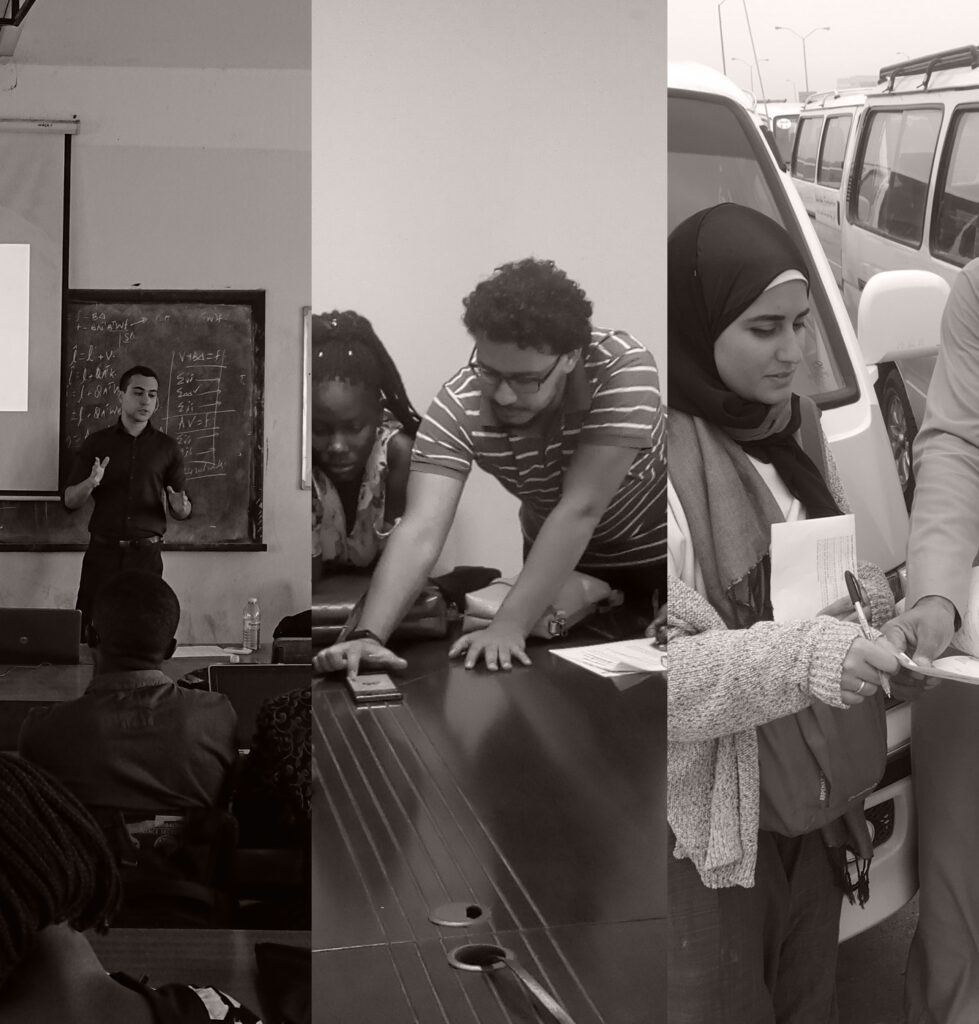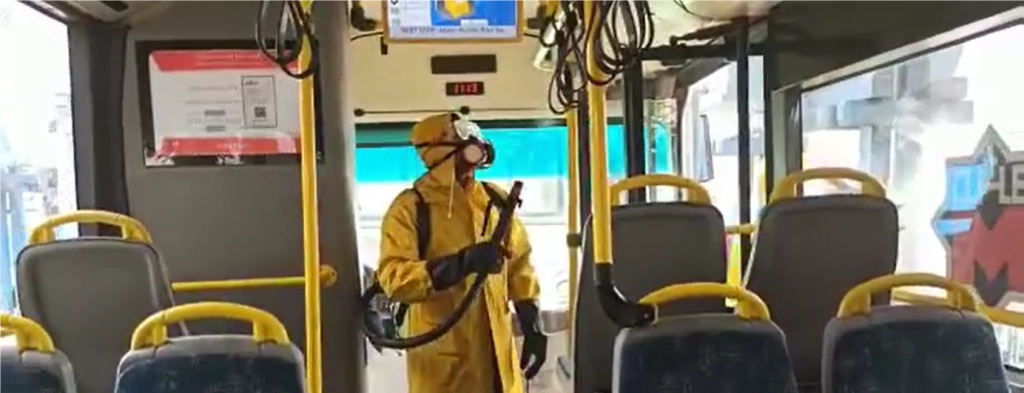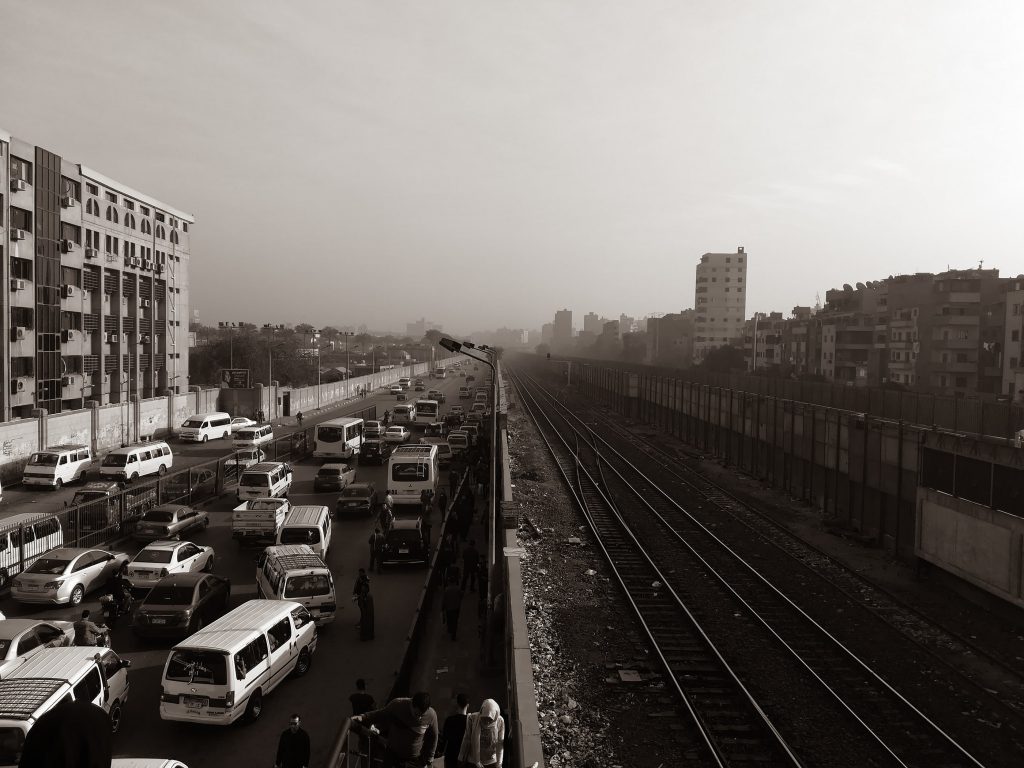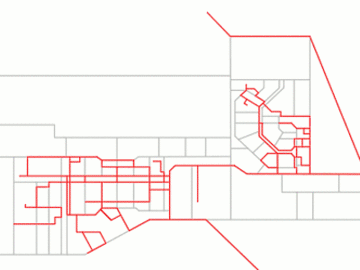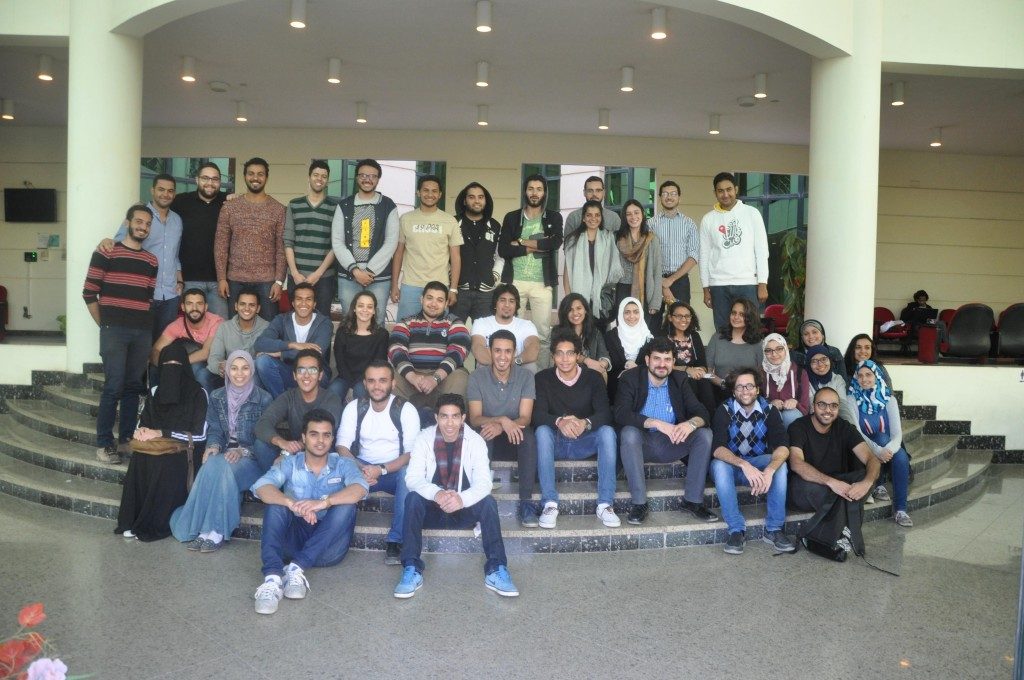Intuitive Design: Tailoring public transport maps for cities
What’s the first thing you look at when you try a new public transport system? If you’re like most passengers, it’s the map. Transit maps, signs, and station guides are meant to help us get from point A to B. But in many cities, especially across the Arabic-speaking world, these systems can be hard to […]
Intuitive Design: Tailoring public transport maps for cities Read More »



